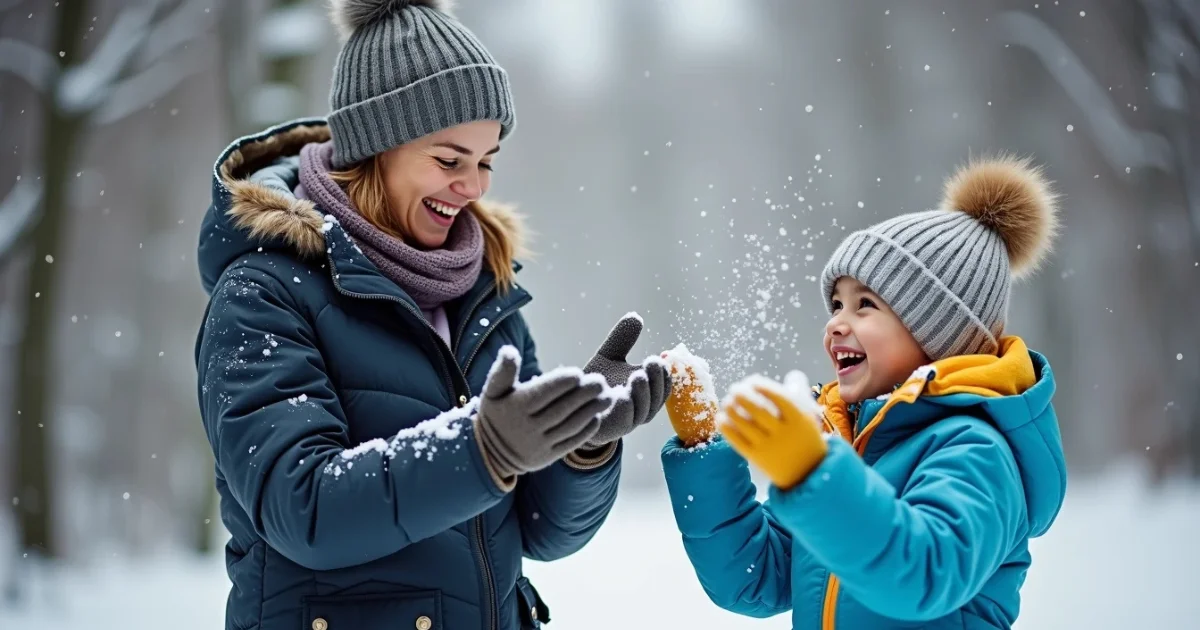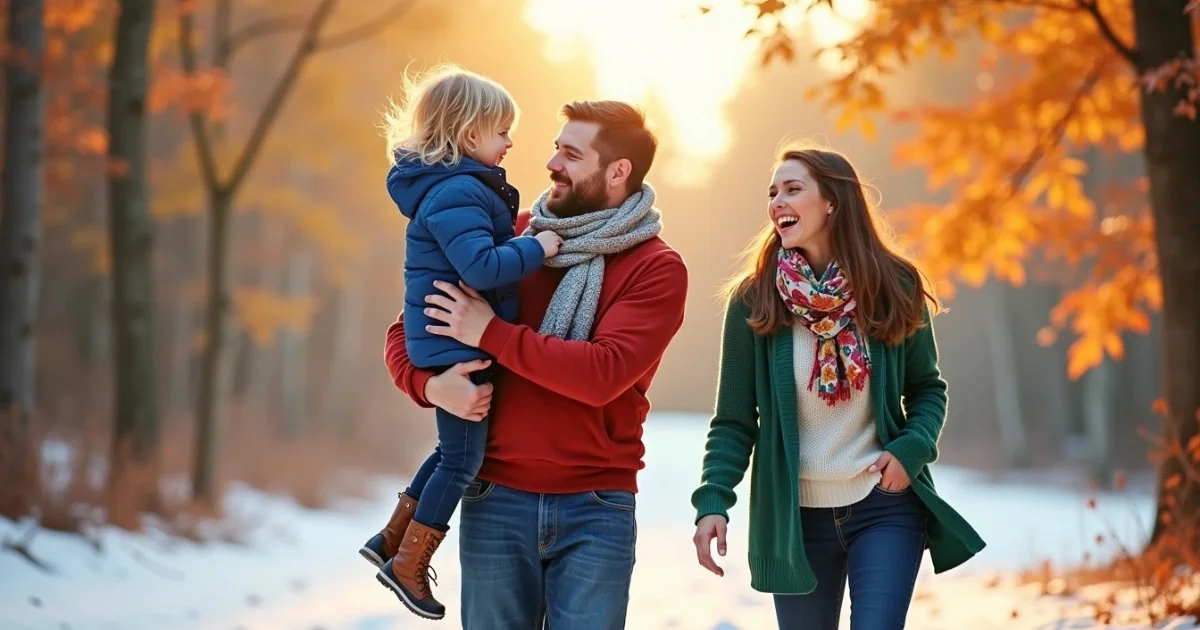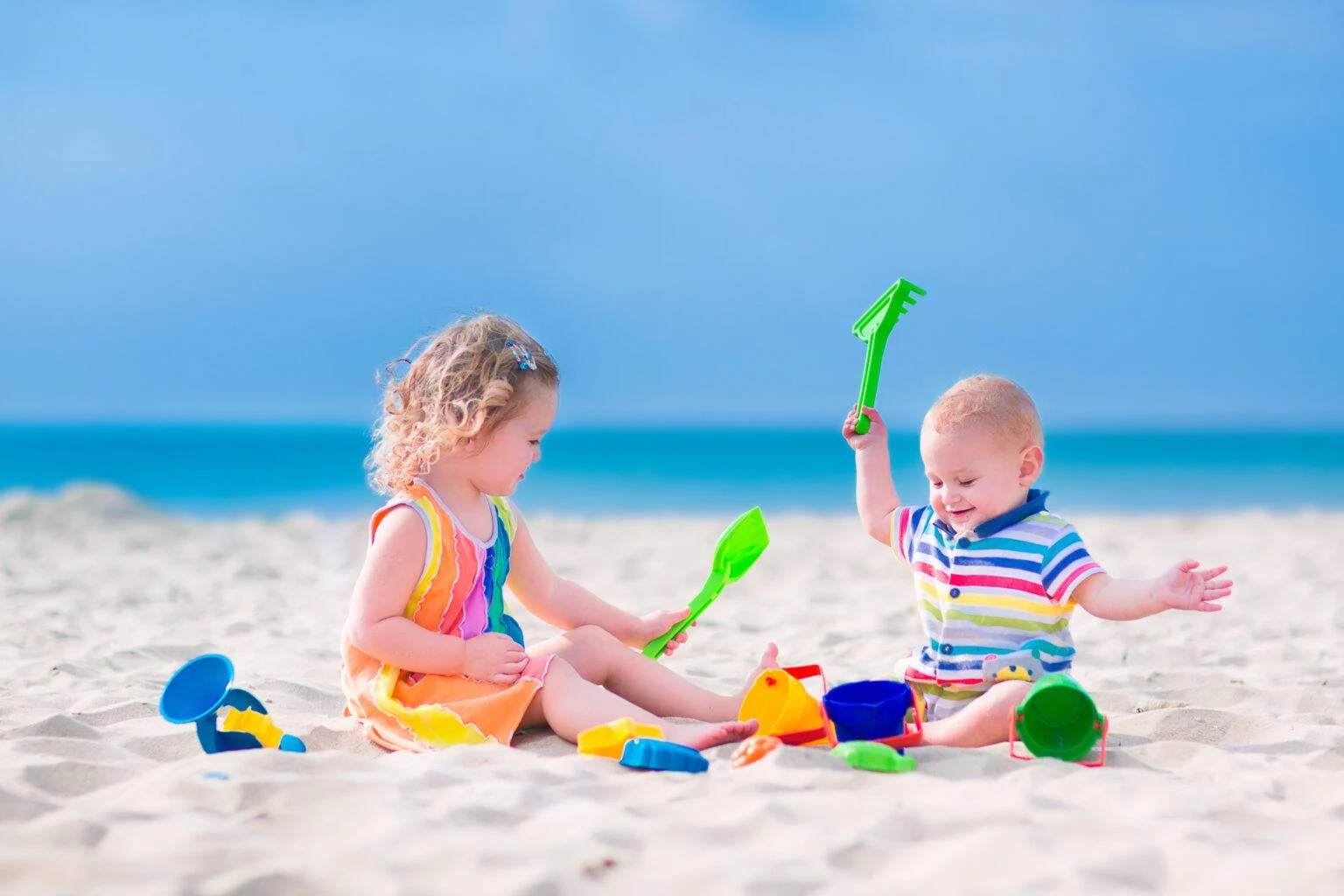Weather is a part of daily life, but it can also pose risks, especially for kids. Children are more vulnerable to extreme weather because their bodies are still developing, and they may not always recognize danger. From summer heat to winter cold, storms, and rain, every season brings unique challenges.
As parents and caregivers, it’s our job to keep kids safe in all conditions. Whether it’s staying hydrated in the heat, bundling up in the cold, or preparing for storms, small steps can make a big difference.
This blog provides practical tips for Weather Safety for Kids in all types of weather. From summer safety to winter preparedness, we’ll cover it all. At Kidjourn, we’re dedicated to sharing valuable information to help you protect your little ones. Let’s ensure they stay safe, happy, and healthy.
Understanding Weather Risks for Kids
Kids are more at risk during extreme weather because their bodies are still growing. They can get too hot or too cold faster than adults, and they might not always know when they’re in danger. Let’s look at some common weather risks and why Winter Safety for Kids matters.
1. Heatstroke and Heat Exhaustion
When it’s really hot outside, kids can overheat quickly. Heatstroke happens when the body gets too hot, and heat exhaustion makes them feel dizzy, tired, or sick. Need quick help to stay safe.
2. Dehydration
Playing outside in the heat or forgetting to drink water can lead to dehydration. Kids might feel thirsty, tired, or have a headache. Their tiny bodies lose water faster, so they need to drink often.
3. Frostbite
In freezing weather, skin can freeze, especially on fingers, toes, ears, and noses. Frostbite starts with numbness and can hurt a lot. If not treated, it can cause lasting damage.
4. High Winds
Strong winds can knock kids over or blow things around, which can be dangerous. Wind also makes cold weather feel even colder, making it harder to stay warm.
5. Sunburn
Kids’ skin is sensitive and can burn quickly, even on cloudy days. Sunburn hurts and can lead to skin problems later in life. Protecting their skin is super important.
6. Lightning
During thunderstorms, lightning is a significant danger. If kids are outside, they could get hurt by a lightning strike. Staying indoors is the safest choice when storms hit.
Summer Safety Tips for Kids
Summer is all about fun in the sun, but it’s essential to keep kids safe when the temperatures rise. Here are some easy Summer Safety Tips for Kids to help them stay healthy and happy during the hot months.
Drink Lots of Water:
Kids should drink water often, even if they don’t feel thirsty. Playing outside in the heat can make them lose water fast, so keep a water bottle handy.
Protect Their Skin:
Use sunscreen with SPF 30 or higher to shield your skin from the sun. Hats and sunglasses are also great for keeping their face and eyes safe. Don’t forget to reapply sunscreen every two hours.
Stay Out of the Hottest Sun:
The sun is strongest between 10 a.m. and 4 p.m. Plan outdoor activities for early morning or late afternoon when it’s cooler. If kids are outside during peak heat, make sure they take breaks in the shade.
Watch for Heat Problems:
Teach parents to look for signs of heat exhaustion (dizziness, nausea) or heatstroke (confusion, rapid heartbeat). If kids show these signs, move them to a cool spot, give them water, and get help if needed.
Winter Weather Safety Tips
Winter is full of snow and fun, but the cold can be harsh on kids. Their bodies lose heat faster, making them more at risk. These Winter Safety Tips and Cold Weather Safety Tips for Kids will help keep them warm, safe, and happy all season long!
- Dress in Layers: Start with a base layer to keep sweat away, add a warm middle layer, and finish with a waterproof outer layer to block wind and snow. Layers trap heat and keep kids cozy.
- Protect Extremities: Make sure kids wear hats, gloves, scarves, and warm boots. Fingers, toes, and ears get cold quickly, so keeping them covered is super important.
- Limit Outdoor Time: Set time limits for playing outside in freezing weather. Even with warm clothes, being outside too long in extreme cold can be dangerous.
- Watch for Frostbite and Hypothermia: Teach parents to look for signs like numbness, shivering, or pale skin. If kids show these signs, bring them inside, warm them up, and get help if needed.
Rainy Weather Safety Tips
Rainy days can be fun, but they also come with risks like slippery surfaces and floods. Here are some simple Rainy Weather Safety tips to keep kids safe and dry.
- Stay Dry with Raincoats and Umbrellas
- Always have waterproof jackets, boots, and umbrellas ready. Staying dry helps kids avoid catching a cold and keeps them comfortable.
- Avoid Walking in the Rain
- If it’s pouring, stay indoors. If kids need to go out, make sure they wear rain gear and walk carefully to avoid slipping.
- Prepare an Emergency Kit
- Keep a kit with flashlights, first-aid supplies, snacks, and water. This is super helpful during storms or power outages.
- Stay Away from Stagnant Water
- Teach kids to avoid puddles and standing water. They can hide sharp objects, open drains, or even attract mosquitoes.
- Wear Shoes with a Good Grip
- Wet surfaces can be slippery. Make sure kids wear shoes that prevent slipping and keep their feet dry.
- Drink Plenty of Water
- Even on rainy days, kids need to stay hydrated to feel energized and healthy.
- Keep Mosquitoes Away
- Empty any standing water around your home and use mosquito repellent to protect kids from bites.
- Stay Away from Electric Wires
- Teach kids never to touch electric wires, especially during rain. Water makes wires even more dangerous.
Storm and Severe Weather Safety
When lousy weather like thunderstorms, tornadoes, or hurricanes hits, it’s essential to be ready. First, make a Family Emergency Plan. Talk about where to go and what to do if a storm comes. Pick a safe meeting spot and practice getting there quickly. Next, pack an Emergency Kit with things you’ll need, like water, snacks, flashlights, batteries, a first-aid kit, and any medicines. Could you keep it in a place everyone can find?
Teach your family to listen for weather alerts on the radio, TV, or phone apps. Know where the safest spots in your house are, like a basement or a room without windows. Stay away from windows and doors during storms. Also, bring in or tie down outdoor things like toys or furniture so they don’t blow away.
Travel Weather Safety Tips for Kids
Traveling with kids is exciting, but the weather can be unpredictable. From sunny skies to sudden rainstorms, being prepared is the best way to keep your family safe and comfortable. Kids are more sensitive to weather changes, so planning is key.
Here are some simple Travel Weather Safety Tips for Kids to help you stay ready for anything:
- Check Weather Forecasts: Before you leave, look up the weather for your destination. This enables you to pack the right clothes and plan activities that suit the conditions.
- Pack Appropriately: Bring clothes and gear for all types of weather—raincoats for rain, warm layers for cold places, and sunscreen for sunny days.
- Car Safety: Keep an emergency kit in your car with blankets, water, snacks, a flashlight, and a first-aid kit. This is especially helpful for extended trips or unexpected delays.
- Teach Kids About Travel Safety: Talk to your kids about what to do if they get lost. Teach them to stay calm, find a safe spot, and look for a trusted adult or authority figure.
All-Season Kids’ Weather Safety Dress Guide
Kids need the right clothes and gear to stay safe and comfortable no matter the weather. In summer, the sun can be intense, so protect their skin with sunscreen, have them wear a hat, and choose lightweight clothes that block harmful rays.
A reusable water bottle is a must to keep them cool and hydrated. When winter comes, the cold can be harsh, so dress them in warm jackets, gloves, scarves, and waterproof boots to keep them cozy and dry, even in snow or slush.
On rainy days, a raincoat, umbrella, and waterproof shoes will keep them dry and ready to play. It’s also wise to have a flashlight for dark times, a whistle to call for help if needed, and a small first-aid kit for minor cuts or scrapes. With these simple tips, your child can stay safe and enjoy every season, no matter what the weather brings!
Teaching Kids About Weather Safety
Helping kids learn about weather safety is a meaningful way to keep them safe and prepared. Kids are naturally curious, and teaching them about the weather in a fun and simple way can make a big difference. Here’s how you can do it:
- Make Learning Fun: Use games, books, or videos to teach kids about weather and safety. For example, you can create a weather-themed scavenger hunt or watch fun videos that explain storms and how to stay safe.
- Practice Drills: Regularly practice what to do during severe weather, like tornado or fire drills. This helps kids remember what to do and stay calm in real emergencies
- Answer Their Questions: Let kids ask questions and talk about their worries. Answering their questions helps them feel more confident and teaches them how to handle different weather situations.
Conclusion
Keeping kids safe in all kinds of weather is essential, and it starts with being prepared. From hot summer days to freezing winters, storms, and rainy seasons, a little planning can go a long way in protecting kids.
By teaching them simple safety steps like drinking water in the heat, dressing warmly in the cold, or knowing what to do during a storm, we can help them stay safe while having fun outdoors.
We’d love to hear from you! Share your weather safety tips or experiences in the comments. Let’s work together to keep kids safe and happy, no matter what the weather brings!






